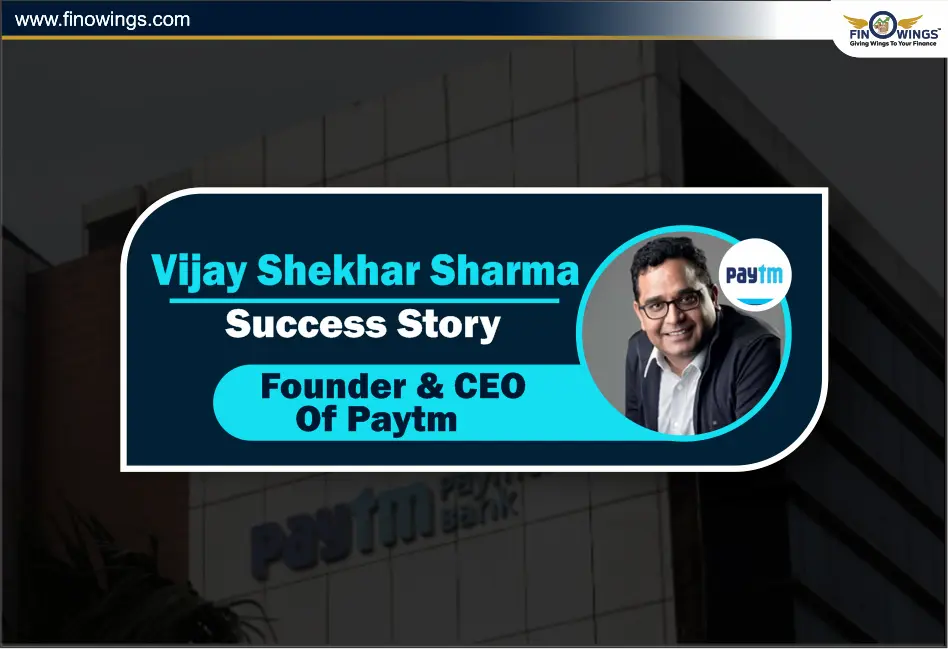Home >> Blog >> The 8-4-3 Rule of Compounding in Mutual Funds
The 8-4-3 Rule of Compounding in Mutual Funds

Table of Contents
You are working nonstop and, fortunately, drawing a monthly salary. You burn a hole in your pocket making some expenditures, and if you are too smart, you might put some coins away. Now here's a question you need to ask yourself: Is your money working for you?
Chances are the answer is- it’s not.
And that is exactly the reason why most people never achieve financial freedom.
In this blog, we will discuss one of the best but often ignored wealth creation strategies, the 8-4-3 Rule of Compounding. It’s straightforward and can make you a millionaire even if you have a small SIP, all without requiring any stressful trading.
Why Don’t Most People Become Wealthy?
An important question is, if wealth creation is that simple, why don’t most people become rich?
To understand the answer, let’s hear a short story about Manish and Rahul.
Manish vs. Rahul: A Case Study of Wealth Impact Due to SIPs
This difference existed because Manish invested earlier compared to Rahul.
Rahul and Manish were friends in college. At the same time, they received their degrees and started working. They both desired to invest and accumulate wealth.
Rahul decided to enjoy life and invest after turning 35. Manish, on the other hand, began investing a year earlier with a SIP of 10,000. He was consistent in his investments for 15 years, or in the finance world, 18 lac turned into a more than 1 Cr portfolio. On the other hand, Rahul started investing at 35 and had to spend 24 lac to build a self sustaining portfolio of 10 million for 20 years.
However, though Manish invested less money for a shorter time, his portfolio was larger than Rahul's by the time they turned 50.
Key Points Here:
-
In comparison to Rahul, Manish had a faster and cost cost-effective way of reaching higher returns.
-
This was largely possible thanks to the power of compounding and wealth accumulation over time.
This is what Compounding does. A magic in real life.
What is the 843 Rule of Compounding?
For ease of understanding, let's take an example:
If you begin a Rs. 10,000 monthly SIP in a mutual fund or investment plan that yields an average return of 12% annually, here's the magic that is bound to happen-
First 8 Years:
Approaching the 8-year mark and waiting becomes much more satisfying as the corpus hits the number of 16 lac.
Upcoming 4 Years:
That 16 lac increases to 32 lac.
Last 3 Years:
-
That 32 lac further increases to 50+ lac.
-
Thus, in 15 years, your 10,000 SIP transforms into more than 50 lac.
-
The exciting part is that compounding will be even faster after 15 years. Your 50 lac will be able to become 1 crore in 5-6 years.
That’s the amazing part of compounding.
Why Don’t People Adopt This?
Knowing this, many still don’t take the right steps in wealth building. Here are 4 primary reasons for not doing this:
1. Lack of Patience
-
Without SIPs, many fall into the 2-3 year stop point, claiming “it’s not worth it”.
-
The real magic starts after 8-10 years with compounding.
2. Scared by Market Volatility
-
When the market takes a hit, worry sets in.
-
For example, in January-March 2025, over 1.67 crore SIPs were discontinued.
-
This is the market dip period, which is the worst time to stop. Market dips are the greatest opportunity to purchase extra at a lower cost.
3. Not Increasing Direct Index SIP Amounts
-
If your SIP amount is fixed, say at Rs. 5,000, you’re missing out on greater increments, despite your salary increment each year.
-
Your compounding returns will increase drastically if you increase your SIP by 10-15% annually.
4. Late Start
-
One of the most common blunders that individuals make is the late onset of investment.
-
As an example, we can take Manish, who started investing early, and Rahul, who didn’t.
Money Drainage Due to Inflation
-
Let’s assume you have an amount of money lying in a savings bank account earning 3-4% interest per annum while the inflation rate is 6%. In all scenarios, you lose money.
-
Inflation in the upcoming years is projected to continue growing, meaning the 1 lac mark will one day only stand at 40,000.
-
In contrast, if I place this value on SIPs thanks to mutual funds, my projected return will amount to 12%, meaning my GDP or the actual value post-inflation rise will continue to increase.
The 8-3-4 Rule: How to Shift Your Mindset to Financial Success
A formula that reshapes how you view money is:
-
Start early.
-
Be consistent.
-
Keep invested for the long term.
-
Don't panic sell when there are market downturns.
-
Increase your SIP with more salary.
-
Trust the process.
Options For You Today:
-
Do nothing now, and 15 years from now you'll be thinking, “Why didn't I start then?”
-
Start a SIP with Rs. 5000-10000. Small steps now, equal big results later.
Final Thoughts: What Are You Waiting For?
The 8-4-3 rule of compounding is a reminder that consistency matters more than being rich if looking to get rich. Patience, consistency, and research are something that keeps the turtle in the game, and you know well who wins the race.
If this blog has provided some value, spread the word and give us your thoughts below in the thought section below:
Other Blogs
- SIP Investment calculator.
- Best mutual funds in India.
Disclaimer: No buy or sell recommendation is given. No investment or trading advice is given. This analysis is for educational purposes only and should not be considered as any investment suggestion. Discuss with an eligible financial advisor before making financial decisions.
Frequently Asked Questions
The 843 Rule works on a very simple understanding of compound interest. If you invest Rs. 10,000 per month at yearly returns on investment of 12%:
For the first 8 years, your investment is worth Rs. 16 lacs. In the next 4 years, it will become Rs. 32 lacs. In the subsequent 3 years, it would grow further to Rs. 50+ lacs
Yes, but the later you start, the less the benefit. The most significant thing is time in compounding. Starting at age 25 instead of 35 can fill a gap that may run to several lacs or even several crores. However, better late than never - just increase your SIP amount and stay consistent.
SIP in mutual funds is considered one of the safest and most disciplined ways of creating long-term wealth. Short-term fluctuations in the market are normal, but historical data show equity mutual funds delivering returns of 10-12% over 10+ years. Patience and persistence are the key.
Not an issue! You can begin as low as Rs. 500 or Rs. 1000 every month. The most significant factor is that you have to start early, and as your income increases, gradually increase your SIP amount. Even minor investments would create huge wealth over time.
Fear and misinformation. People panic when the markets fall and assume that they're suffering annual losses. Realistically, market dips are a good time to buy into additional mutual fund units because they tend to cost less.
The worst mistake for an investor is to cease SIPs during downturns; time invested during these periods frequently generates the best returns at the end of the long term.



















